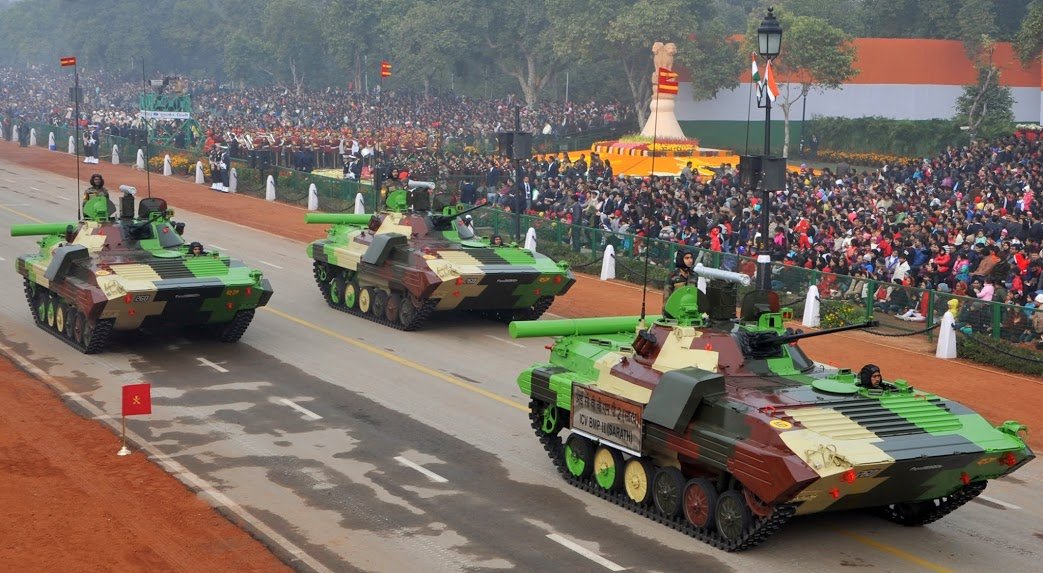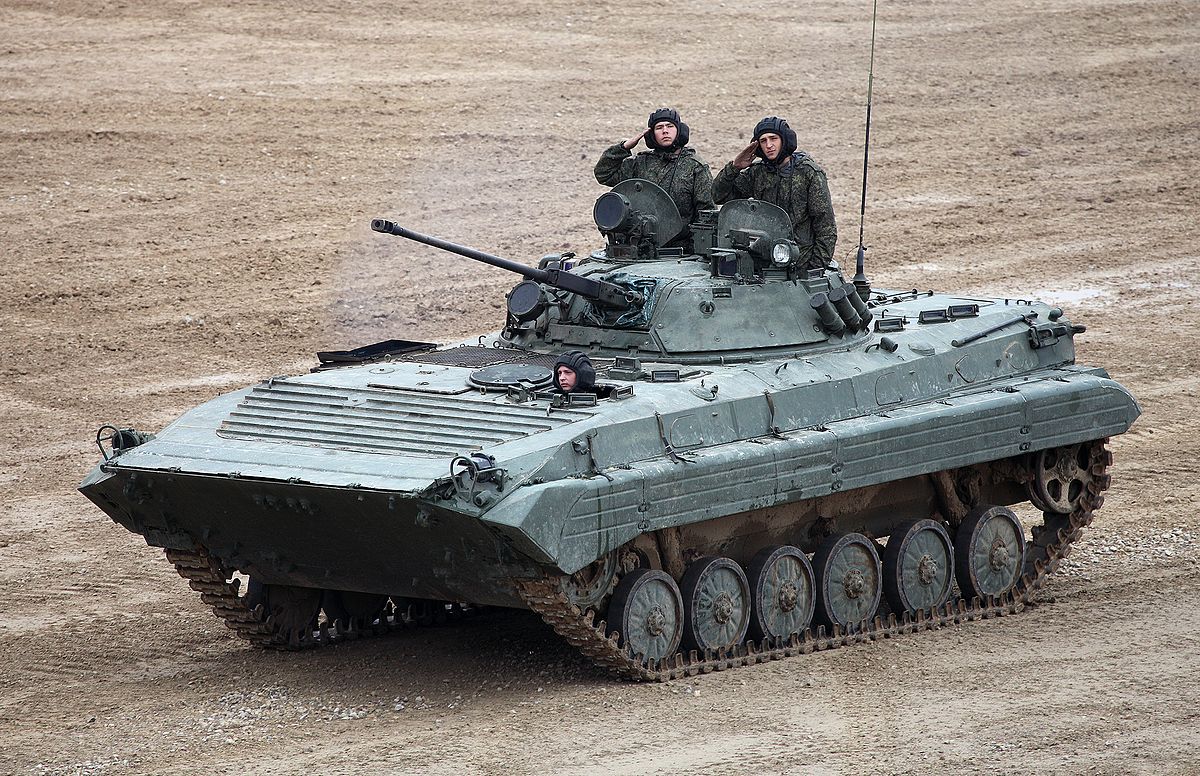Russia’s state-owned arms company, Rosoboronexport, has announced it is all set to join the bidding process for supplying light tanks and the Future Infantry Combat Vehicle (FICV) to India.
The CEO of the Russian company, Alexander Mikheyev, relayed this information to the state-run media outlet TASS during the International Aerospace Exhibition at Dubai Airshow 2023.
He outlined plans for collaborative efforts with Indian partners, intending to unveil a light tank and a promising infantry fighting vehicle as part of the Indian Ministry of Defense’s FICV project tender.
Mikheyev stressed that these plans are crafted to fully align with the principles of the ‘Make in India’ program.
He further underscored Russia’s understanding of the Indian government’s aspirations, acknowledging India’s commitment to achieving technological sovereignty and fostering independent industrial development.
Earlier, Russia signed a deal to supply India with the Igla-S anti-aircraft system. The Igla-S is a man-portable air defense system (MANPADS) that essentially forms the final line of defense against flying objects in a multi-layered air defense system.

The head of Rosoboronexport also highlighted their longstanding collaboration with Indian enterprises, operating under conditions resembling the requirements of the ‘Make in India’ and ‘Self-Reliant India’ programs well before their formal inception.
Mikheyev reminisced about the numerous successful joint endeavors between the two nations, including Su-30MKI fighters, T-90 tanks, BMP-2 infantry fighting vehicles, and the Kalashnikov AK-203 assault rifles.
The Russian official did not specify which light tank or Future Infantry Combat Vehicle (FICV) the Russian company plans to offer to India. However, earlier reports suggested Russia might propose its Sprut-SDM1 light amphibious tank for the Indian Army’s light tank tender.
Additionally, the BMP-III, equipped with improved armament, fire control, power pack, and ammunition handling, was previously offered to India for consideration in the Future Infantry Combat Vehicle (FICV) project.
India’s FICV program aims to replace the aging Soviet/Russian infantry fighting vehicles (BMP-1 and BMP-2) that formed the backbone of the Army’s Mechanised Infantry but have surpassed their operational utility.
The aging Russian IFVs, set to be replaced under the FICV initiative, are deployed significantly but lack the capabilities required for modern warfare.
India’s Endeavor For FICV Procurement Laden With Challenges
Initially, the Indian military plans to acquire 2,600 modern combat vehicles, with the estimated contract value surpassing US$10 billion. The terms of the tender specify that only Indian companies are eligible to participate as the main contractors.
India’s private sector defense firms interested in the ambitious FICV project encompassed Mahindra and Mahindra, Reliance Defence, L&T, Tata Motors, and Bharat Forge Ltd.
Yet, since its initiation in 2008, this specific program has faced challenges due to political indecision, bureaucratic apathy, and frequent changes in procurement practices. These obstacles have hindered the Indian Army’s urgent need for the Future Infantry Combat Vehicle (FICV).
In June 2021, the Indian Army issued an RFI for 1,750 units of domestically developed, amphibious, tracked FICVs, marking the third attempt since 2008 to replace the aging fleet of Soviet-era infantry combat vehicles.
In February 2023, India’s Defence Acquisition Council approved the Futuristic Infantry Combat Vehicle (FICV) procurement for the Mechanised Infantry Regiment.

At the time, the ministry said that the FICV, falling under the ‘Buy (Indian)’ category, must be amphibious, equipped with a manned turret, and armed with top-attack anti-tank guided missiles.
The initial plan was to induct the Future Infantry Combat Vehicles (FICVs) by 2025. However, given the current trajectory, several experts have said that India is unlikely to meet this induction timeline.
Considering that China has dramatically bolstered its armored resources in the Tibet Autonomous Region, which shares a border with India, over the past few years, the necessity for light tanks and the Future Infantry Combat Vehicle (FICV) has become exceptionally crucial for the Indian Army.
Meanwhile, Moscow’s declaration of its interest in supplying light tanks and the Future Infantry Combat Vehicle (FICV) to India comes days after reports emerged about possible joint efforts between the US and India for the co-production of the Stryker armored fighting vehicle (AFV).
The potential Stryker co-production deal will decrease New Delhi’s prolonged reliance on Russian weapons. Yet, it has been described as a major setback for Indian defense manufacturers, who have invested heavily in developing indigenous weapon systems in recent years.
Nevertheless, given the escalating security challenges in the region, primarily due to China’s aggressive actions, the Indian military must expedite the timely procurement of modern combat vehicles.
- Contact the author at ashishmichel(at)gmail.com
- Follow EurAsian Times on Google News




